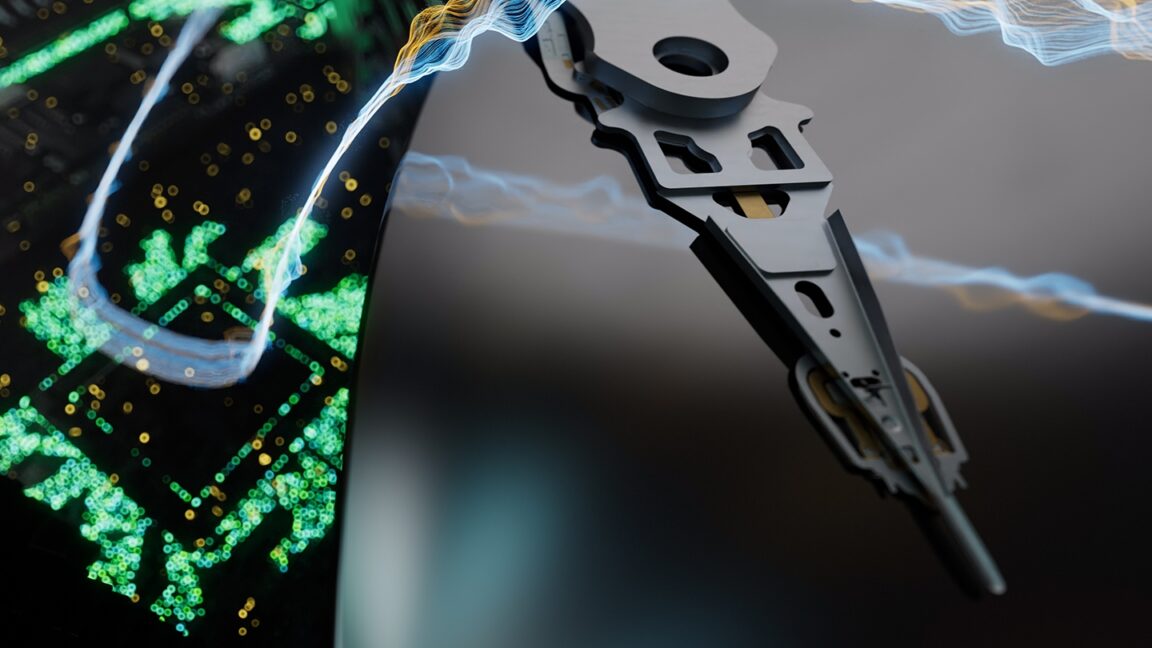HDDs
Recent Articles
Sort Options:

C2Q 2025 HDD Industry Growth Projected For 2025
HDD unit shipments, exabyte shipments, and revenue saw significant increases in C1Q 2025 compared to the previous year. Industry experts project continued growth for HDD companies throughout 2025, highlighting a positive trend in the data storage market.

Seagate unveils massive 30 terabyte HAMR-powered hard drives
Seagate has unveiled its groundbreaking 30TB Exos M and IronWolf Pro hard drives, utilizing advanced Heat-Assisted Magnetic Recording technology. Designed for data centers amid rising AI storage demands, these drives are available for $600, appealing to niche users and businesses alike.

Seagate’s massive, 30TB, $600 hard drives are now available for anyone to buy
Seagate has launched its long-awaited HAMR-based hard drives, offering up to 36TB capacities for datacenters and smaller options for individual users. These drives utilize advanced technology for enhanced storage density, marking a significant milestone in data storage solutions.

HAMR time: Seagate unleashes 30 TB disks to feed the AI beast
Seagate has unveiled two 30 TB hard drives utilizing HAMR technology, promoting them as energy-efficient and cost-effective solutions for data center operators managing AI workloads. This innovation highlights the enduring relevance of traditional spinning disk storage.

Podcast: HDDs performance metrics and the workloads they excel at
Toshiba's Rainer Kaese discusses the impressive performance of spinning disks, highlighting the advantages of hard disk drives (HDDs) in specific workloads. The insights reveal why HDDs remain a top choice for certain data storage needs.

Best Amazon Prime Day Hard Drive deals 2025 — internal and external HDD deals from WD, Seagate, and Toshiba
Discover unbeatable HDD deals that enhance your PC's storage capacity while staying budget-friendly. The publication highlights top options to help you maximize your storage without breaking the bank, ensuring you find the perfect fit for your needs.

The trendline doesn’t look good for hard disk drives
Analysts report a significant decline in HDD sales to non-hyperscale companies, with first-quarter 2025 figures reflecting a trend that began in 2010. Independent digital storage analyst Thomas Coughlin highlights the ongoing challenges in the hard disk market.